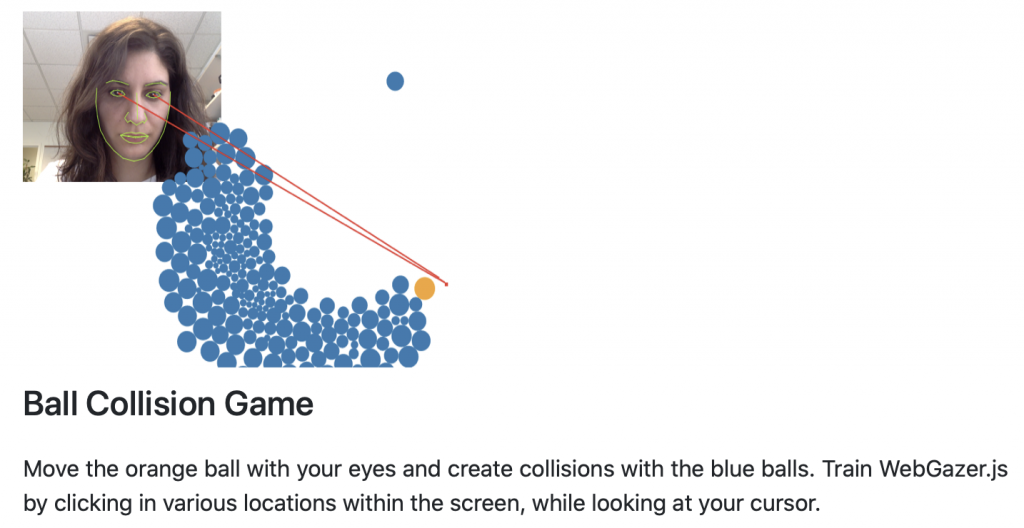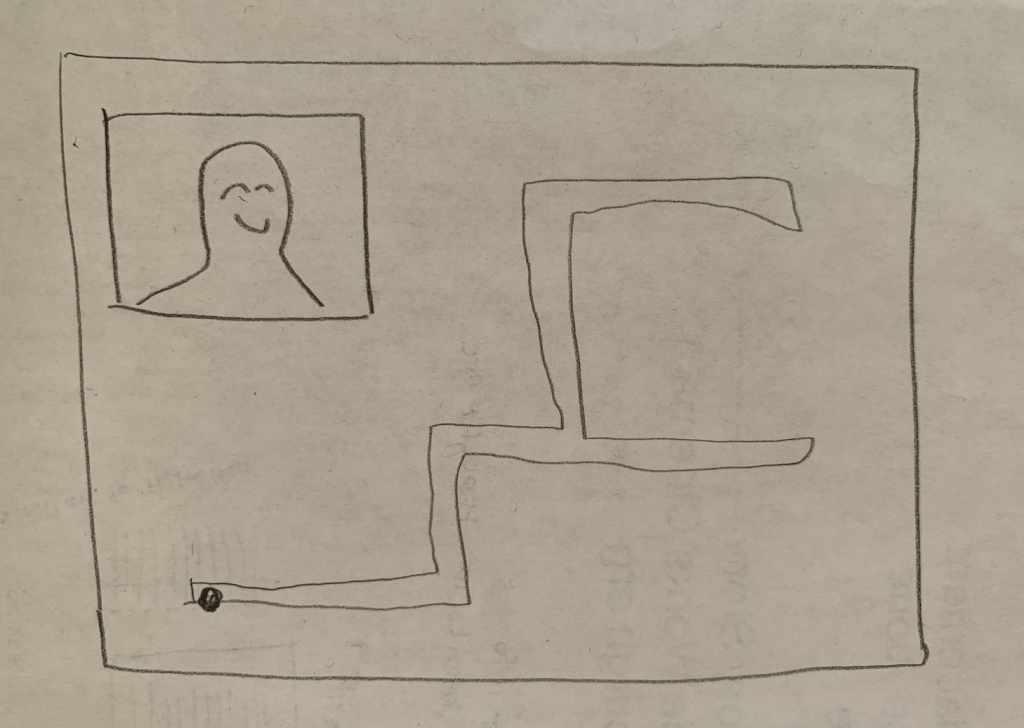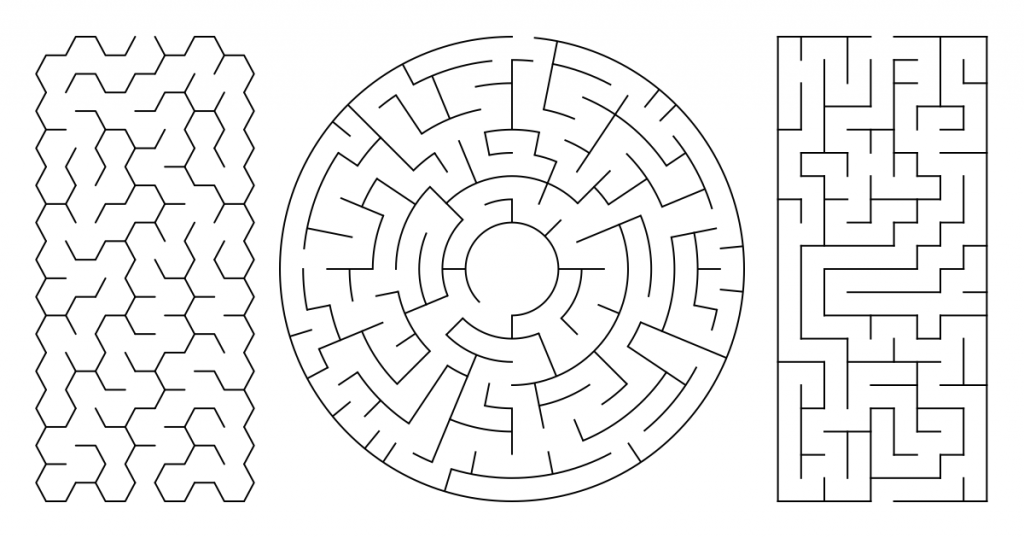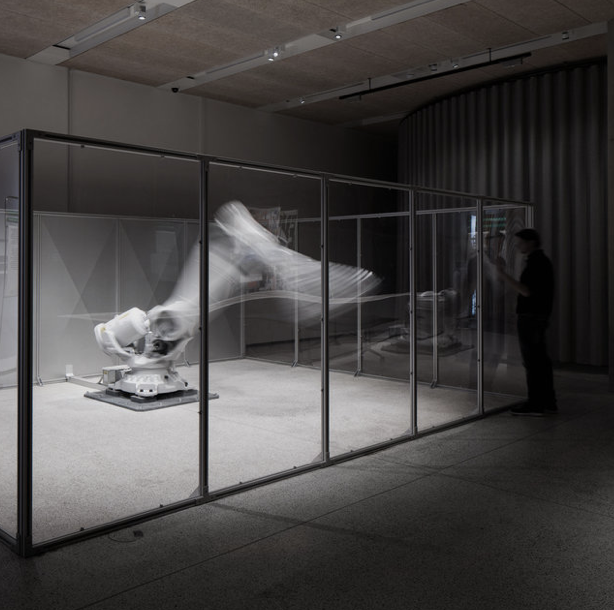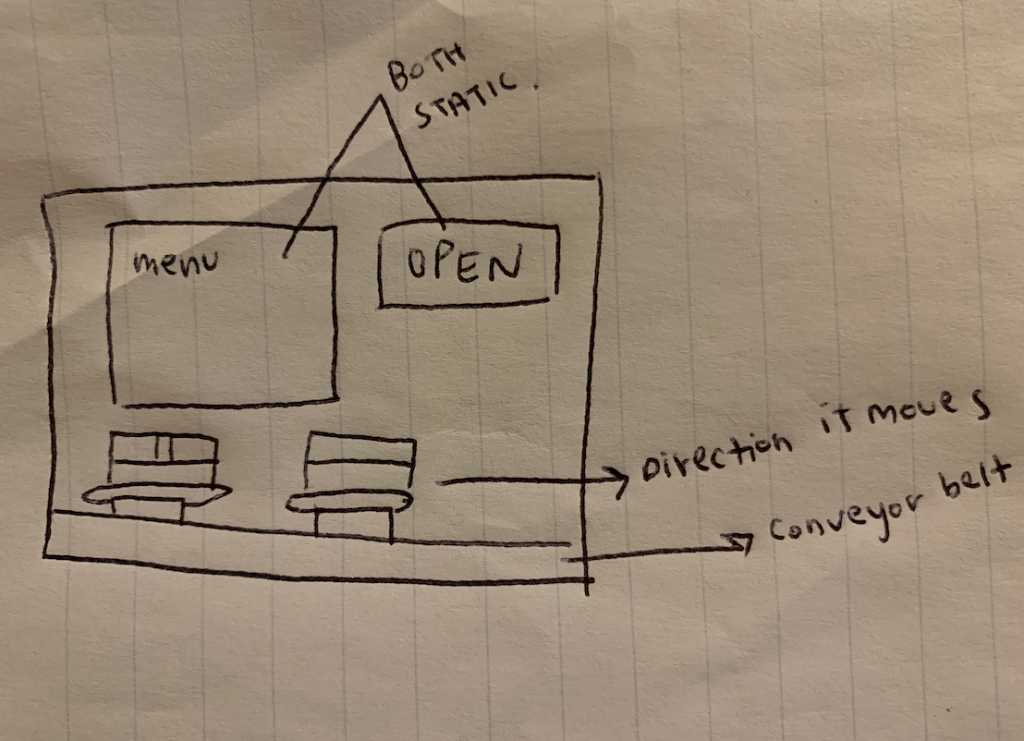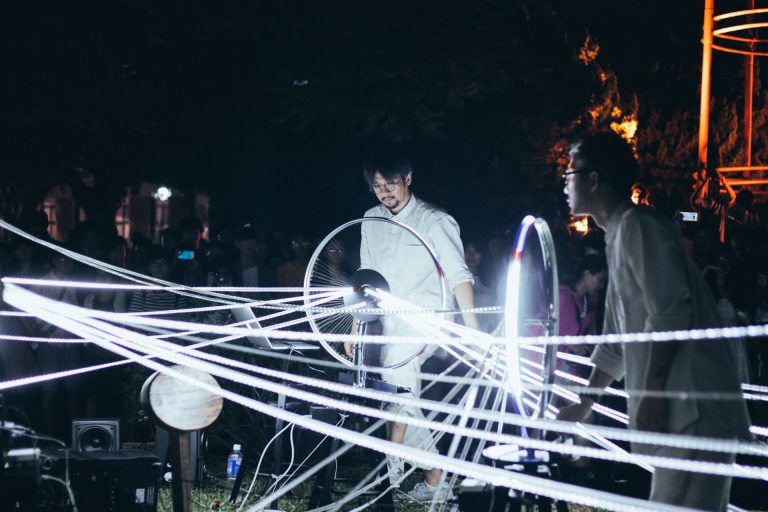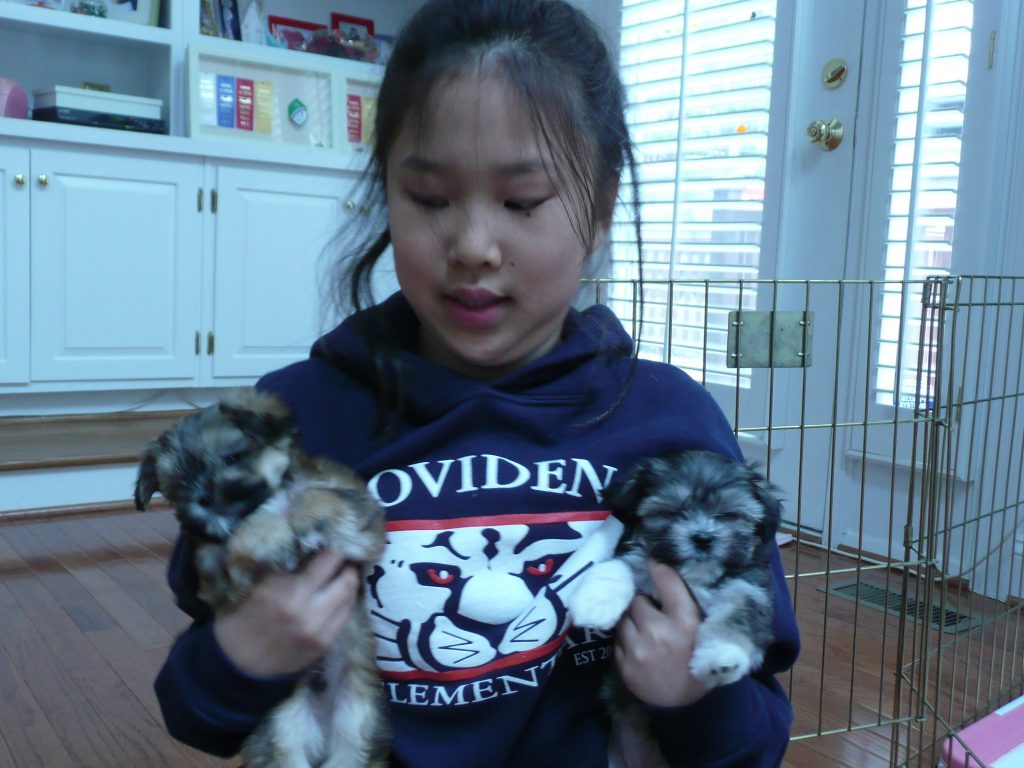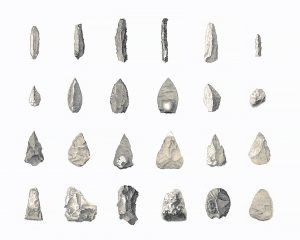Here is a video to see how the maze works.
Word Press doesn’t show you the camera screen so it is difficult to navigate the dots because of the file being so big. Please download this html to play the maze with the camera if you want to see where your tracker is: jinal2-final project. It works best on Chrome. Thank you!
What is it? I know that we did not have much experience with using our webcam into our code, but I really wanted to implement an interactive game that used it. For my project, I wanted to create a camera censored maze game that was moved through your pupils. Before creating the final result, I researched how to sensor your pupils so that the dots follow wherever you look when you are playing the game. However, that was way too ambitious as I struggled to understand how to implement that concept into my code. In the end, I made the camera sensor for any objects that are red so that it will create dots on them.
Due to me not being able to make the game restart when you hit the maze lines, I made the dots go back to the start position when the red tracker is out of the webcam frame. I know that this class is over now, but there are things that I would like to add to my project. Because it took so much longer to try to get the pupil sensors to work, I did not get to work more on other things that I wanted to get to. First, I want to make an “ERROR” sign when the dots hit the white lines of the maze. In addition, I would want to create an intro that would help people calibrate their red object with the screen so that it is easier to control. I had a lot of fun with this project while also pushing myself to try to create something that was way out of my comfort zone.
// Jina Lee
// jinal2@andrew.cmu.edu
// Section E
// 15-104 Final Project
// This codes uses the webcam to create red dots that will
// follow any red color on the camera.
var myCaptureDevice;
// This array stores the x value of the red positions
var xarray = [];
// This array stores the y value of the red positions
var yarray = [];
// Limits of x and y arrays
var sizeLimit = 10;
var redCircle = 1;
function setup() {
createCanvas(500, 500);
// Camera
myCaptureDevice = createCapture(VIDEO);
myCaptureDevice.size(500, 500);
}
function isColor(c) {
// Tests the colors
return (c instanceof Array);
}
function draw() {
// Background
fill(0);
rect(0, 0, 500, 500);
// Maze
stroke(255);
strokeWeight(10);
line(250, 250, 250, 320);
line(250, 250, 250, 320);
line(250, 320, 320, 320);
line(320, 320, 320, 190);
line(320, 320, 320, 180);
line(320, 180, 180, 180);
line(180, 180, 180, 370);
line(180, 370, 380, 370);
line(380, 370, 380, 130);
line(380, 130, 135, 130);
line(135, 130, 135, 420);
line(135, 420, 430, 420);
line(430, 420, 430, 70);
line(430, 70, 70, 70);
//boxes
fill(255);
noStroke();
rect(65, 65, 50, 50, 10);
rect(-5, 150, 100, 100, 10);
rect(60, 300, 80, 80, 10);
rect(-10, 430, 70, 70, 10);
// Starting Spot
fill(255);
rect(225, 230, 50, 50, 10);
textSize(10);
textFont('Helvetica');
fill('green');
text("START", 235, 260);
// Exit Spot
fill(255);
rect(440, 470, 50, 50, 10);
textSize(10);
textFont('Helvetica');
fill('red');
text("END", 455, 495);
// Red dots are created because of camera sensor
var xMin = 0;
var xMax = 500;
var yMin = 0;
var yMax = 500;
// For loop that draws the dots
for (var a = 0; a < xarray.length; a++){
// Ellipse
if (redCircle === 1){
noStroke();
fill('red');
ellipse(xarray[a], yarray[a], 5, 5);
}
}
for (var i = 0; i < width; i += 5){
for (var q = 0; q < height; q += 5) {
var currentColor = myCaptureDevice.get(i, q);
var r = red(currentColor) - 255;
var g = green(currentColor) - 0;
var b = blue(currentColor) - 0;
// If rbg matches criteria
// than get the center point of the red area
// and put it in an array
if (isColor(currentColor)){
var dist = sqrt(sq(r) + sq(g) + sq(b));
if (dist < 120) {
// Finds the location of the red areas on the web cam
// Finds the smallest x location
if (i > xMin){
xMin = i;
}
// Find the biggest x location
if (i < xMax){
xMax = i;
}
// Finds the smallest y loctaion
if (q > yMin){
yMin = q;
}
// Finds the biggest y location
if (q < yMax){
yMax = q;
}
}
}
}
}
// Push the new x of red from camera into the array
xarray.push((xMin + xMax) / 1.9);
// Push the new y of red from camera into the array
yarray.push((yMin + yMax) / 1.7);
// When array is full, it will pop something out from the beginning
while (xarray.length > sizeLimit) {
xarray.shift();
yarray.shift();
}
}![[OLD FALL 2019] 15-104 • Introduction to Computing for Creative Practice](../../wp-content/uploads/2020/08/stop-banner.png)

